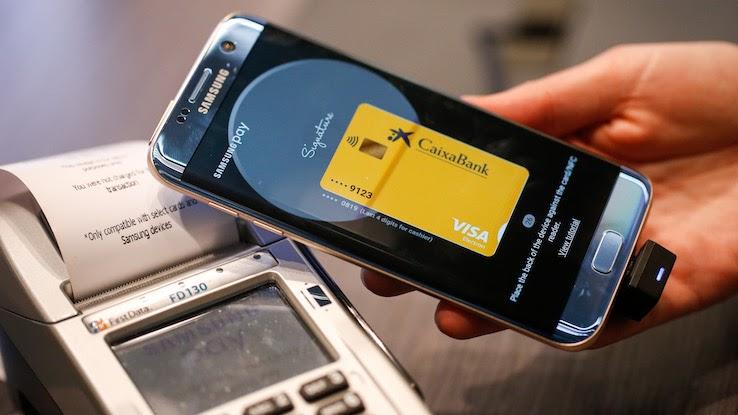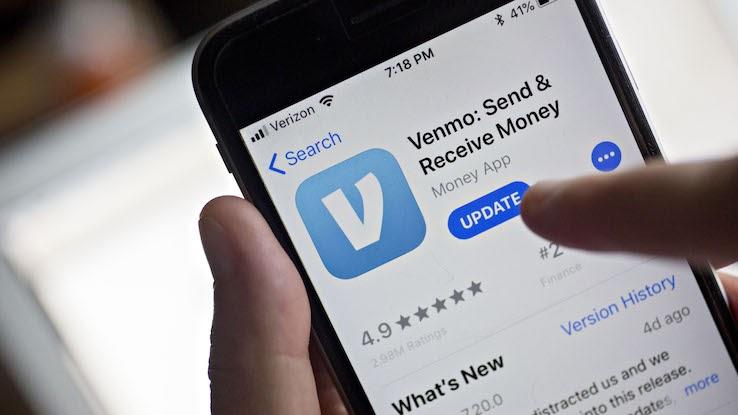
Slowly but surely, Venmo and other payment apps are becoming the preferred method for sending and accepting payments for purchases, gifts, and donations. These days, cash — and even credit cards — can prove to be inconvenient, especially if you’re splitting a dinner tab with friends or the cable bill with roommates. In these circumstances, it can be easier to open an app to send and receive money with just the push of a button.
Typically, payment apps are linked to your banking account — usually a checking account — but Venmo also allows users to rely on a credit card, so long as they’re willing to pay an extra fee. While the mechanics are simple, it’s still important to understand the platform, so that you transfer funds to friends, family, organizations, and vendors safely. With this in mind, we’re taking a deeper look at how Venmo works and how you can use this payment app wisely.
Venmo and Other Payment Apps are the Wave of the Future
To put it simply, Venmo is a digital wallet that allows you to pay, and request money from, others. The company describes itself as “a social way to pay your friends when you owe them money and don’t want to deal with cash.” Out at lunch and ready to split the bill? Need to send your roommate money at the end of the month for your portion of the rent and utilities? Well, Venmo allows you to transfer funds with ease since your profile is linked to your bank account or debit card.
As mentioned before, Venmo users can also link this “digital wallet” to a credit card, but there is a 3% fee for transfers that pull funds from credit cards. Otherwise, sending money back and forth doesn’t rack up any transaction fees.

Many vendors, especially at big events like festivals and concerts, only accept transfers through payment apps these days. Since there are tons of customers purchasing goods at these large-scale events, Venmo and other payment apps help both vendors and customers save time. There’s no swiping cards or passing out change, for example. And, as an added bonus, you don’t have to worry about waiting for a receipt. Even online merchants are starting to accept mobile apps as a method of payment, so there’s no denying that Venmo, PayPal and more are the way of the future.
Venmo Is an Easy Way to Receive and Send Payments
The easiest way to use Venmo? Download the mobile app from the iOS App Store or Google Play. As an alternative, you can also sign up on Venmo.com, though the browser-based version certainly isn’t as robust as the app. After creating an account, you’ll be able to link your banking information — or use money that you transfer into your Venmo account — to make payments.
When you’re ready to send money to friends, organizations, or vendors, you’ll need to know their unique username, or handle. If someone’s already in your contacts, they’ll likely show up in your Venmo feed if they use the app, too. That, of course, simplifies things. Once you find the right profile, you can send or request funds with a few clicks.

However, if you’re paying a business — or someone who’s not in your contacts — you’ll need to search for their handle. If you’re paying someone face-to-face, you can scan their unique Venmo QR code, allowing your app to pull up their profile automatically. It’s as simple as scan, pay, and go.
While many users simply write out what the transfer is for in the appropriate text field — “tacos,” “November internet,” and so on — Venmo also allows you to add a note in the form of emojis and animated stickers. A word to the wise: if you’re trying to keep track of your finances in a more clear-cut way, you might not want to label every transfer with a random assortment of emojis.
Deposit Your Paycheck Directly into Your Venmo Account
If you’re deemed eligible, you can also use Venmo as a direct deposit option for your paycheck. In the Venmo app, you simply tap the “☰” icon and then click on Settings → Direct Deposit. Click “Show Account Number” to get your Venmo account info, along with the routing number that appears on the screen.
Copy both numbers and use them to fill out your employer’s direct deposit form. If you need to provide the name and address of a bank when filling out the form, Venmo provides information for the app’s FDIC-insured partner bank, which is as follows:
- The Bancorp Bank, 6100 S Old Village Place, Sioux Falls, SD 57108
Please Note: The exact arrival time of your check through the direct deposit feature can vary by employer. It may take up to two pay cycles for the direct deposit feature to take effect.
Stay Safe With Venmo and Other Payment Apps
Because payment apps are becoming so popular, it can be increasingly easy to get scammed by people trying to take advantage of unsuspecting customers. Want to use Venmo and other payment apps safely? We’ve rounded up a few tips.
- Use Trusted Payment Platforms: Unfortunately, not all payment apps are created equal. There are fake mobile payment apps out there that simply want to get your banking information. Stick to trusted ones like Venmo, PayPal, and CashApp. Also, make sure you use the latest version of the software as well as it will be the most secure.
- Verify Usernames Before Sending Funds: Speaking of scamming, do not send money to unknown sources. This might seem self-explanatory, but, sometimes scammers pose as folks from your contacts or as businesses. Always verify an individual or organization’s username — or, better yet, use that QR code method if possible.
- Don’t Send Payment Information over Public Wi-Fi: Although sending payments through Venmo or another app is convenient when you’re on the go, be careful not to send payments over a public network. Any information sent over public Wi-Fi is accessible to anyone else who has access, including those capable of hacking into your device. It would be easy for a hacker to get your payment information if you are making mobile purchases through a public network. It’s actually safer to use your phone carrier’s cellular network if you’re away from your private, at-home internet connection.
- Link a Credit Card to Your Account, If Possible: While most users link their Venmo to a bank account or debit card in order to avoid fees, you may want to use a credit card instead. If money is taken from your debit card or bank account by a scammer, there may be inescapable liabilities like overdraft fees. Most credit cards have better fraud protection to keep the cardholder from facing unauthorized charges. The cardholder can also file a claim to dispute the charge, which will likely be accepted. However, be sure to research what fees may be associated with cash advances made using your credit card, as many of these payment apps get processed as cash advances.






